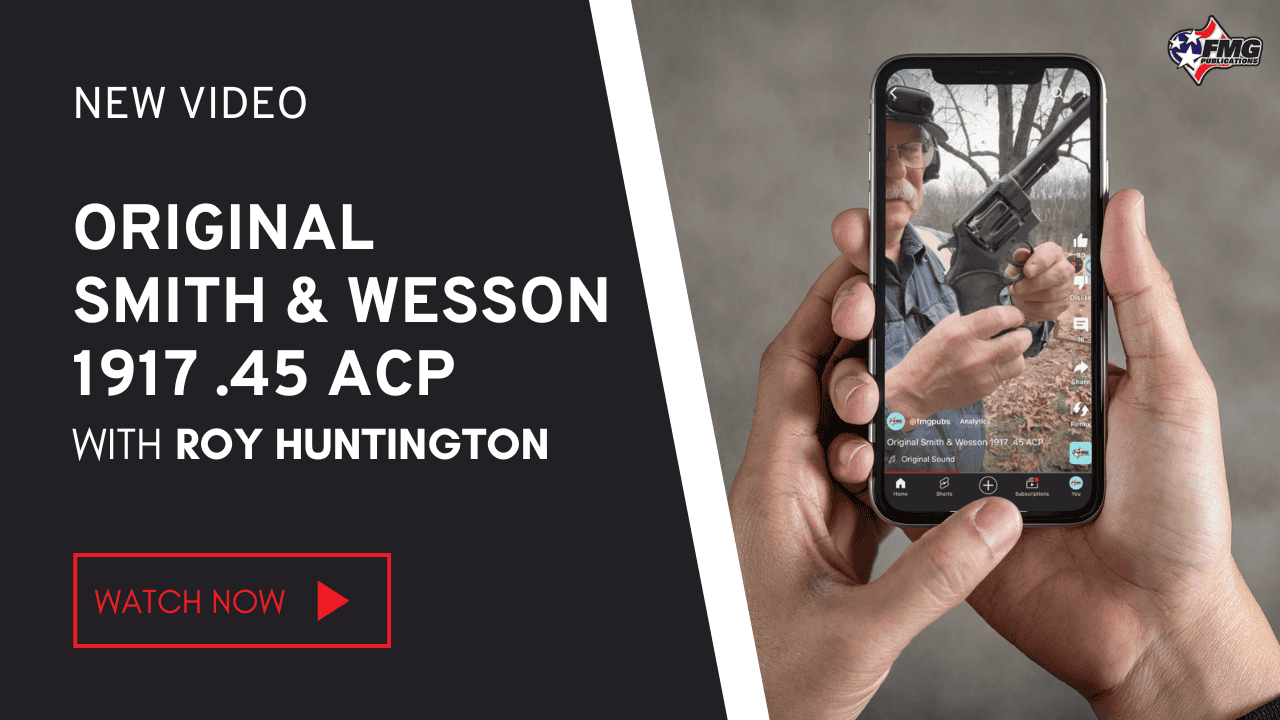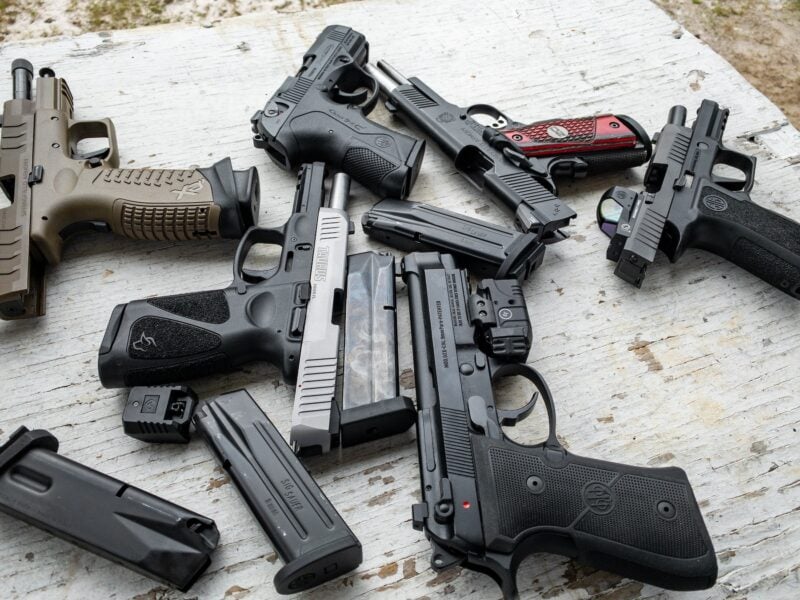Tangling With The Trigger
I’m no gun expert. I know a bit more than some shooters, a bit less than others and a whole lot less than actual experts. But, because I’ve blundered my way into being the editor of Handguner, I can pick up a phone and call just about anybody in our business, and they’ll take my call. Well … mostly anybody will take my call. So, I’ve been able to weasel my way into some very nifty training, chatted with legions of top-end shooters, design engineers, manufacturers and plenty of people who know a great deal about guns, shooting, training and hitting the target. Most of these same people also fear I’ll show pictures of them taken in 1982 at matches, wearing beards, knee socks and foamy-baseball caps, so they act nice when I’m around. And all during this time, I’ve kept the wax out of my ears so I could listen to them all very carefully. And I’ve actually learned a few things.
A Few Things
If you ask a shooter what’s most important about shooting; what does it take to actually hit the target, they’ll likely say, “Sight picture and trigger squeeze.” But they’re wrong.
How’s that again?
Over the years I’ve noticed some people could really hit the target, even while moving, even with an awkward grip, sand in their eyes, while slipping and sliding on the range and other such things not generally conducive to hitting the target. But I couldn’t get
a handle on why.
A couple of years ago, in casual conversation with our own Clint Smith, he looked up at me, raised one eyebrow and said, “You know, it’s all about trigger control. Sight picture ain’t that important.”
And he was exactly right.
Since then I’ve looked into it a great deal. I’ve asked shooting legends, watched countless people on public ranges, taught newbies about shooting, listened to experienced shooters, and had some specific training about trigger control. And every single time, I’ve realized it’s all about trigger control — and the sight picture is secondary.
You do have to keep the sights aligned as best you can. But — and think about this now — if you have the most marvelous sight picture in the world, and people would be in awe of you if they could see it, and you fail to press the trigger just as marvelously — you’ll miss. Sometimes by a margin leaving you cross-eyed and flabbergasted.
Can This Be So?
One thing I’ve learned by teaching, is often new shooters can get “perfect” sight pictures, then are stymied by the fact their round goes awry. Watching them it’s easy to see why — they jerk, slap, grab or otherwise abuse the trigger. When you tell them, they often insist it’s not so. A short video can usually prove your case. “Oh,” they say after watching the gun jump in their hands from their assault on the trigger.
A good way to prove your point is to stand next to them and face away from the target. Have them place their trigger fi nger on the trigger in a normal grip, while you reach over and get a sort of “sideways” fi ring grip on their gun with them, placing your fi nger on top of theirs. Then simply say, “Okay, you aim the gun, I’ll press the trigger.” And invariably, a wondrous thing occurs — bullet holes begin to appear right where they belong. This is usually accompanied by startled looks (on both your parts) and the beginnings of an understanding about trigger control by your student.
I once had Ed Stock, lead instructor at Gunsite, show me a remarkable, but simple drill. While I held an auto in a firing grip, he stood next to me, facing away from the target, reached over and began to move the gun in small, erratic motions, forcing the sights to move around the point I was aiming at. He said, “When you feel the sights are aligned, press the trigger.” So, whenever I thought the sights were at least roughly aligned with the dot, I pressed the trigger carefully. You can be fast and careful at the same time. After five or six shots he stopped, looked at the target and simply said, “See?” I had a decent group hovering around and on the dot. Point taken.
Keep in mind, the gun was moving the entire time, and the only control I had was with the trigger. Because I was able to manipulate the trigger effectively, I was able to keep the bullets on-target, even though the gun was moving — a great deal.
Careful aiming is important and you should, as Clint says, “Always train to be magnificent, because you’ll be mediocre (at best?) in a gunfight
— and mediocre can win.” But, we submit you need to train to be utterly, staggeringly sensational when it comes to trigger control. The trigger-press is the last thing you do affecting the bullet’s travel. So, you need to do it, um, uh … sensationally.
Hunters miss broadside shots on deer at 100 yards every year while using $800 scopes and $600 rifles. “But I had the cross-hairs right on him!” they exclaim. And from what I’ve seen from my own legendary misses in the field, they probably did have those cross hairs aligned within a gnat’s-ass of perfection. A perfect sight picture, no doubt.
But then, alas, they jerked the trigger, and off bounded the deer. So … like they say — “Don’t be a jerk.”
My thanks to all those smarter than me who helped me learn this simple, but near magical concept. Try it and let me know how it works. Because it does — work.






